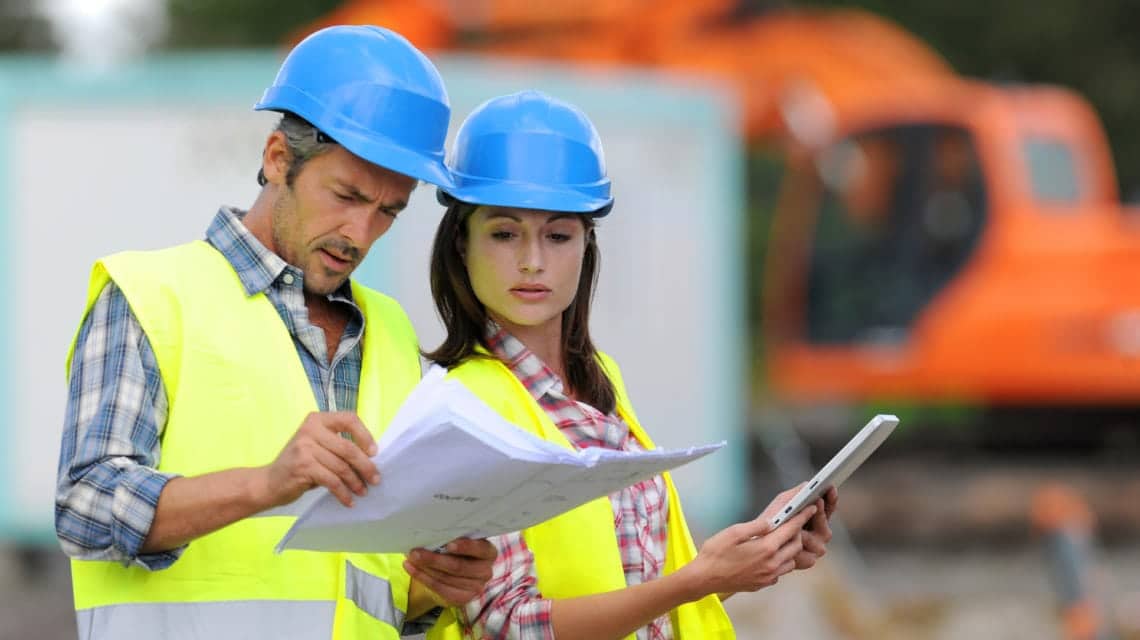The what, when and why of environmental audits for contaminated sites – iEnvi explains when your site investigation or remediation project is required to be audited and how it benefits you.
It is also an opportune time to announce that the NSW EPA Site Auditor Guidelines update has been released here.
What is a Site Audit Statement?
It is important to understand what environmental audits are and why they are necessary for remediated works. Broadly, they are a tool for regulators to assess the impact of an operation on the environment. More specifically for remediation works, they are required to support development consent where Category 2 remediation works of a more complex nature needs sign off.
A Site Audit Statement (SAS) summarises the findings of a site audit and is regarded as the most important part of an audit, i.e. “achieving the Site Audit Statement”. An SAS is issued by an auditor on behalf of NSW EPA from a certified pool of auditors, indicating that investigations and/or remediation has been completed and performed compliantly and comprehensively to sign off that land contamination residual levels are suitable for the new land use. An approved SAS registers the site as having acceptable low risk to human health and the environment and that any long-term management controls in place are suitable for ongoing protection.
When do I need a Site Audit Statement?
It is also important to understand when an operation or remediation work is required to be audited and obtain a SAS under the new Land Remediation SEPP (see article here on the new changes implicating developers for when assessment by a certified consultant/auditor is required prior to sign off). Essentially, for more involved remediation works a further assessment and SAS certification by a certified auditor recognised by the EPA may be required to validate any site investigation, remediation and methods of work conducted by contaminated land consultants to ensure consistency with current EPA regulations and guidelines.
Finally, it’s good to have an understanding of what triggers the need for further review by a certified auditor and achieve an SAS rather than just a certified consultant. The audit process can be statutory (regulator driven) or non-statutory (voluntary) under the Contaminated Land Management Act 1997. In summary, audits are required:
- When your site is regulated.
- When redeveloping to a more sensitive use.
- When contamination is present and an authority requires it
- Voluntarily to provide commercial assurance and increase property value after remediation and provide security to prospective purchasers that contamination liability is low and within compliance.
iEnvi has a national network of expert contaminated land and remediation consultants who deal with the Auditor process. We can help you with obtaining timely development approval from site investigations, remedial work solutions and certification.
Contact us for professional advice: call 13000-43684 or email [email protected].
Or simply shoot us a question and follow us on social media to stay up to date with contaminated sites news that affects your business.

